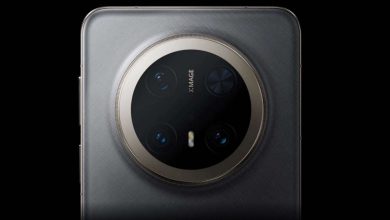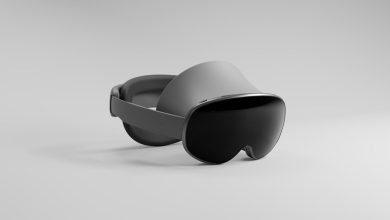IEEE Announces the Li-Fi Standard, Enabling Data Transmission Using Light

The IEEE or Institute of Electrical and Electronics Engineers has added the 802.11bb standard enabling Li-Fi. Li-Fi is a wireless communication technology much like Wi-Fi. The main difference is that Li-Fi uses light to transmit data rather than relying on radio waves.
This technology comes with its own set of benefits, enabling up to 100x faster bandwidth as compared to Wi-Fi. As light is used as a mode of communication, Li-Fi offers lower latency levels and provides better security than Wi-Fi. The IEEE has released a new standard defining the necessary physical layer specifications and system architectures for Li-Fi.
Introducing Li-Fi, 100x Faster than Wi-Fi
Typically, Wi-Fi and other wireless data signals rely on radio waves which are much slower than alternative light solutions. With Li-Fi on the other hand, light is used as a transmission medium similar to optical fiber.
Since light has a much shorter wavelength than radio waves, it is unable to penetrate through walls. This means that Li-Fi will not replace 5G, 4G, and Wi-Fi, at least for now. Likewise, since Li-Fi is confined to a specific region, your data is much safer than if you were using Wi-Fi.
A standard is a document that contains the physical and technical specifications of the network being designed. Put simply, standards are meant to unite hardware vendors and devices from all over the globe. Standards allow for the interoperability of networking technologies without any clash.
With the release of 802.11bb, manufacturers can feel much more confident when integrating Li-Fi into their offerings. This advent of light-based wireless communication can prove to be useful for low-latency applications such as Robotics, AR, VR etcetera.
Use of Li-Fi
This small animation by Fraunhofer HHI shows clearly that Li-Fi does have a niche use case, but one that is continuously increasing. As explained above, Li-Fi is not meant for long-distance communication. Rather, it is aimed at offices, schools, or even homes for the purpose of room-scale data-sharing, gaming via AR, VR, and whatnot.
An interesting idea can be next-gen wireless VR headsets. Since Li-Fi is limited to our line of sight, it will only complement Wi-Fi, rather than succeeding it.
Moreover, it may be possible to develop routers that incorporate Li-Fi and Wi-Fi in parallel. Remain in line of sight, you will use Li-Fi. Move to another room, you will shift to Wi-Fi. This has a drawback, however, because most ISPs don’t offer high-enough speeds to throttle the Wi-Fi standard.
Besides, even if you do have a 10 Gigabit connection and use Li-Fi, the modem on your mobile should be fast enough, which probably is not the case. Are you excited about Li-Fi? It will not be long until we see products based on this new technology.





